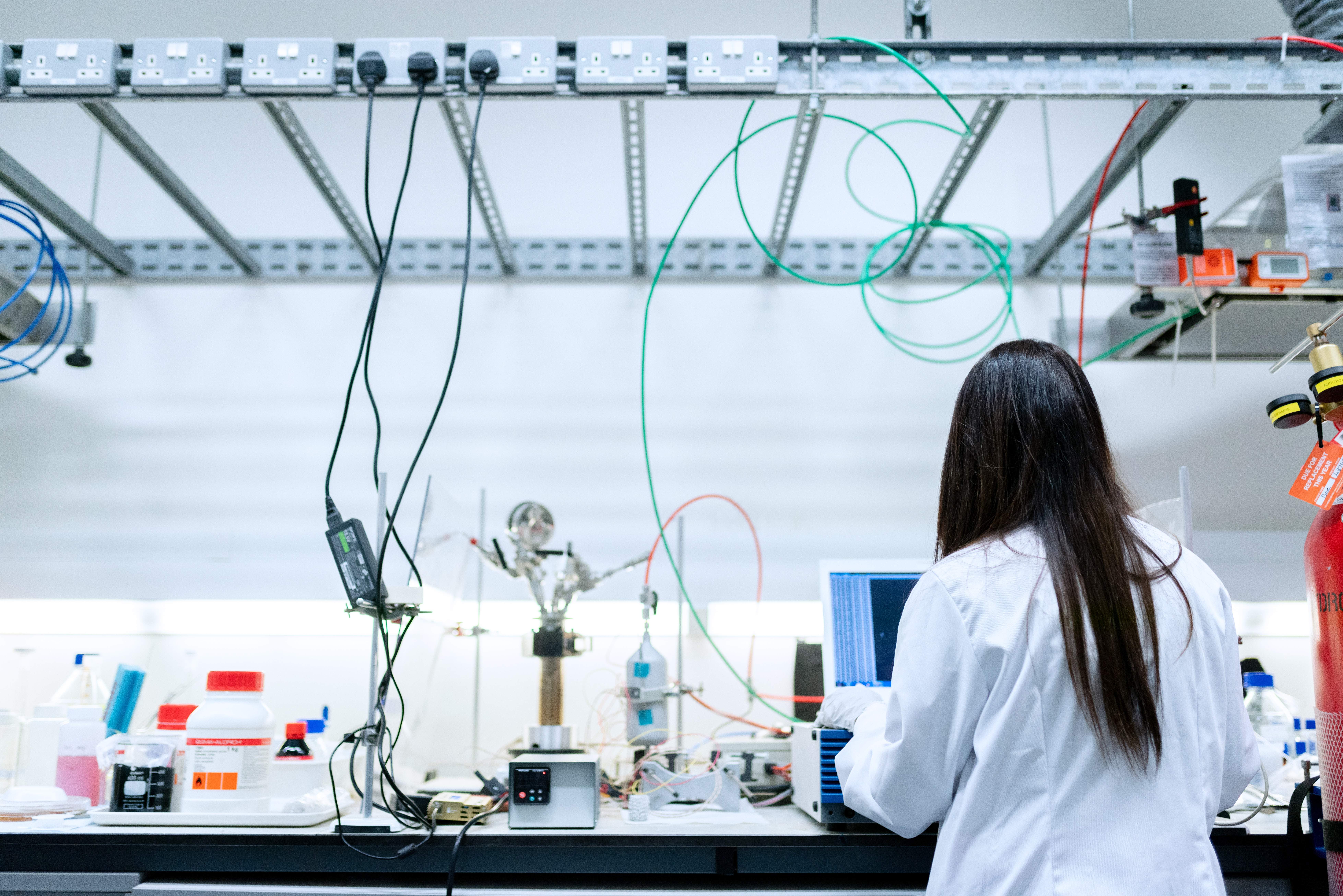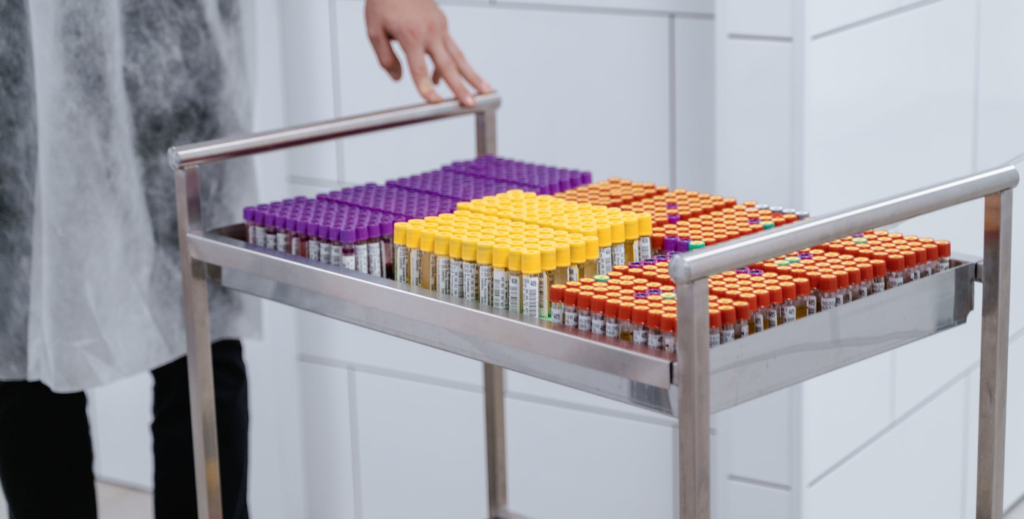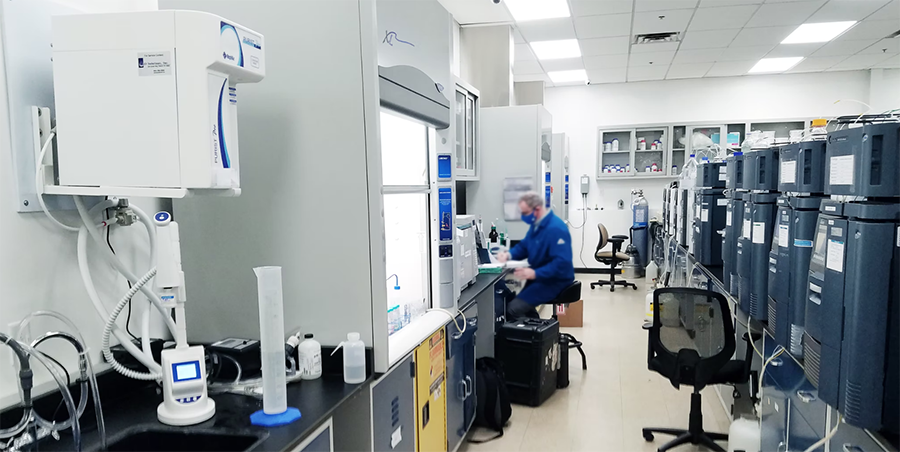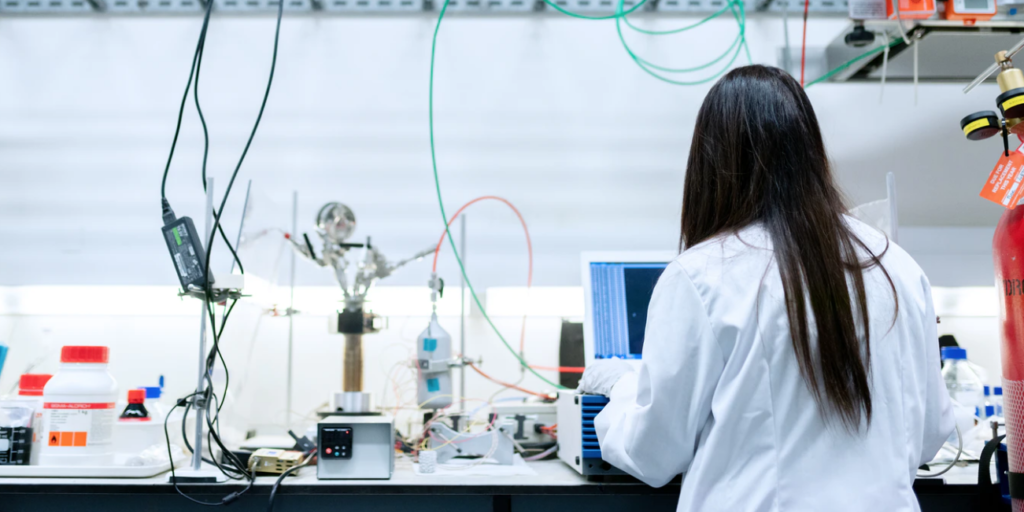
Moving is never easy. A residential move is considered one of the most stressful life events, so how much more stressful is it to move an entire laboratory full of equipment and employees to a new location? BaneBio makes the process a lot easier, starting with these eleven things to consider when moving your lab.
1. Timeline Flexibility
Be prepared for timelines to shift due to supply chain-related delays, difficulty in identifying quality service providers, and the labor market. Although workarounds are possible, unforeseen issues do occur, which means having some level of flexibility or contingency options built into the timeline can make a difference.
2. Facility Constraints
When deciding to relocate your entire lab, the built-in constraints of the facility should be considered.
- Are the hallways wide enough for large equipment?
- Are the doors to the labs standard or lab ready?
- Does the facility have a loading dock or dedicated shipping/receiving area which is accessible by tractor-trailers?
- Does the facility loading dock require appointments for pickups/deliveries?
- If the facility is a multi-level building, is there a dedicated service elevator?
- Is the building secure?
- Does the facility provide the lab services, equipment, and amenities your organization needs to succeed and reach its next growth stage?
- Does the facility provide space and financial options suitable for expansion?
Keeping these factors in mind can help you narrow down your decisions when choosing a new location.
3. Electrical Planning
There are many different types of lab equipment used in a biotech lab, with a variety of power requirements and plug adapters. Be sure to install proper outlets for the plugs with your equipment and, most importantly, be sure there is enough power in your lab to support the equipment you will be using. Often, insufficient power and inappropriate outlets are the top reasons for delays in getting your new lab up and running.
4. Choosing a Lab Moving Service Provider
Let’s face it: Moving sucks and moving an R&D lab really sucks. Mapping out your move and connecting with the right moving partner can make the move suck a lot less.
First, start with identifying and engaging with at least three laboratory moving service providers. Talk through your move and be sure to ask questions of the prospective movers to achieve a level of trust and understanding of the scope of services required. As part of the process, ask the movers for references from previous lab moves.
It’s best to understand the capabilities of the movers and the material handling equipment which will be used for moving specific types of equipment, such as biosafety cabinets, incubators, centrifuges, analytical instrumentation, and liquid handlers.
Keep in mind that relocation pricing should not be the primary factor in your choice of laboratory moving service providers. The equipment in your lab is critical to your operation and requires movers with specialized processes to keep your equipment intact and operational after the move.
5. Moving Preparations
Assign one person to be tasked with being the coordinator for the move. Having one point of contact between the lab and the moving company eliminates confusion, frustrations, and mistakes. The assigned coordinator should provide the moving company with a map of the new lab, including proposed locations for all equipment, supplies, and office furniture which are being moved. Any equipment, supplies, or furniture which are not to be moved or will be disposed of or sold should be marked.
Equipment that is under the manufacturer service contract should be coordinated with the manufacturer to ensure the equipment is properly shut down and prepared for relocation.
6. Pre-Move Packing
Use the days or week before the move to ‘pre-pack’ as much as possible. Employee desk contents and personal items, office items, kitchen items, lab consumables, and lab drawers are items to be considered for pre-packing. Partnering with a lab moving service provider that issues carts, cages, crates, and packaging for the pre-packing process can be a time saver.
7. Use and Occupancy
The new lab is almost finished, and there is anxiety, anticipation, and excitement for the team to be in the new lab. There is, however, one critical missing piece that is required before the team can use the new lab: the Certificate of Use and Occupancy or, depending on the jurisdiction of your new facility, the Certificate of Occupancy.
This is one item that can be an afterthought during the process of relocation but without this certificate, there is no occupancy or use of the new lab.
The responsibility for this certificate usually falls to the general contractor, property owner, or builder of the new lab. Connect with them and make sure all is in order before you move in.
8. Moving Day
The big day has finally arrived. The moving company’s project manager and your assigned moving coordinator have worked out the details, and it’s time to act.
It’s important for the success of the relocation project to keep all areas where the movers need to move equipment clear. Hallways and doorways should be clear of all barriers and obstacles to allow the movers to move efficiently.
9. During the Move
While the move is happening, resist the urge to manage the proceedings and let the movers concentrate on moving the equipment. Any questions should be funneled through the moving coordinator.
If anything needs to be relocated, it will be done when the moving company can accommodate the request. You hired the professionals to handle your move, so trust them to take care of everything.
10. After the Move
As the company settles into its new surroundings, some follow-up items may surface that need to be addressed with the moving company. Items such as missing boxes, equipment, or requests for items to be adjusted, shifted, or relocated should be consolidated and then provided to the company coordinator for follow-up with the moving company.
11. Project Completion
The company coordinator and moving company project manager should discuss the move in detail to be sure the company is satisfied and the scope of the service has been completed. The moving company should provide a summary of the services they provided, noting any items of relevance to the final invoice.
Let BaneBio Take the Stress out of Your Laboratory Move
BaneBio has provided complete relocation services to laboratories in the BioHealth Capital Region for over a decade. We are your trusted laboratory moving service provider with the equipment knowledge, proper equipment handling materials, and proven customer satisfaction that will meet and exceed your expectations.
Don’t just let any moving company move your valuable scientific equipment; trust BaneBio, the Lab Logistics experts! Contact us now for your laboratory moving needs.









